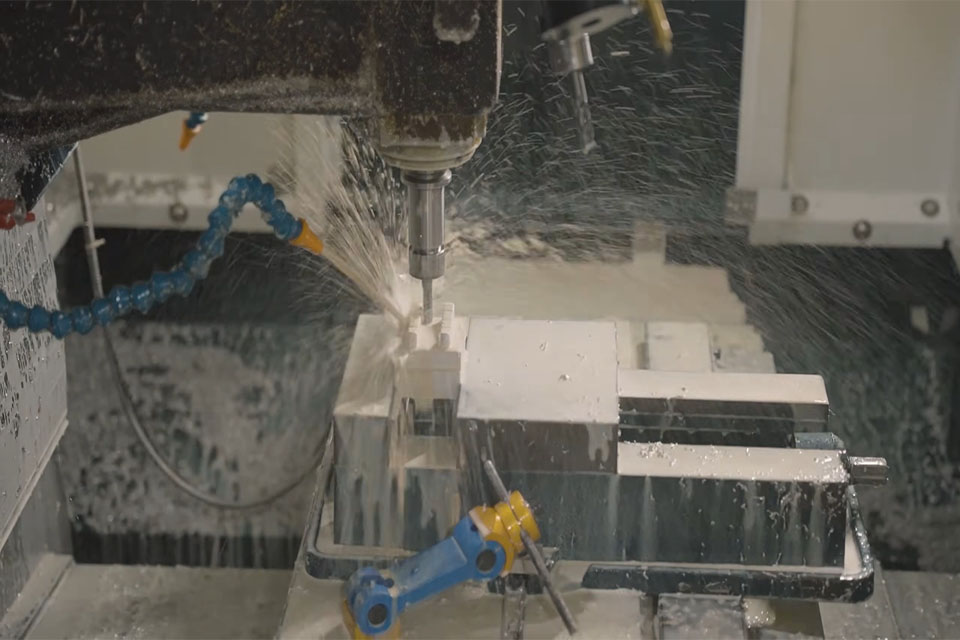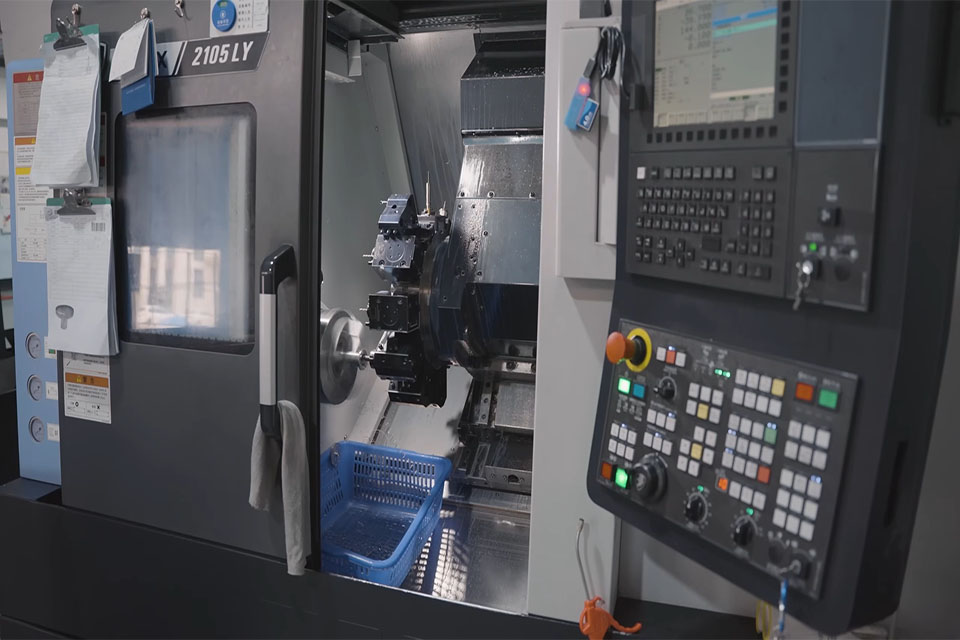
- +8615586668226
- [email protected]
- No. 30, Hongbang Industrial Park, Shenzhen

Chrome plating has revolutionized manufacturing by offering solutions that balance aesthetics and performance. From Maquinação CNC para Maquinação de precisão, chrome plating plays a critical role in enhancing product durability and visual appeal. Let’s explore how this process works and why it’s indispensable across industries.
Chrome plating, also known as chromium plating or chrome electroplating, involves depositing a thin layer of chromium onto a substrate. This process improves wear resistance, corrosion protection, and surface hardness while delivering a polished, reflective finish.

The chrome plating process involves six key stages:
| Química | Papel |
|---|---|
| Chromic Acid (CrO₃) | Provides chromium ions for the chrome layer. |
| Sulfuric Acid (H₂SO₄) | Balances bath chemistry for uniform coverage. |
| Hydrochloric Acid (HCl) | Cleans the surface during activation. |
| Sodium Hydroxide (NaOH) | Removes grease and oil before plating. |
| Fume Suppressants | Minimizes toxic fumes during hexavalent chrome plating. |

Decorative Chrome Plating: Enhances appearance with a shiny finish.
Hard Chrome Plating: Focuses on durability and wear resistance.
Thin Dense Chrome Plating: Reduces friction and improves precision.
| Indústria | Aplicações |
|---|---|
| Automóvel | Engine components, bumpers, exhaust pipes |
| Aeroespacial | Landing gear, turbine blades |
| Dispositivos médicos | Surgical instruments, dental equipment |
| Bens de consumo | Kitchen utensils, door handles |

The cost of chrome plating depends on:
Hexavalent chromium poses risks such as respiratory issues and skin conditions. To mitigate these:
| Técnica | Vantagens | Desvantagens |
|---|---|---|
| Niquelagem | Smooth finish, better for complex shapes | Lacks hardness of chrome |
| Revestimento em pó | Color variety, eco-friendly | Less durable |
| Anodização | Allows coloring, matte finish | Lower abrasion resistance |
What materials can be chrome plated?
Steel, stainless steel, aluminum, brass, copper, plastic, zinc die-cast, and titanium.
How long does chrome plating last?
5 to 20 years, depending on usage and maintenance.
Can chrome plating be removed?
Yes, through mechanical removal, chemical stripping, or reverse electroplating.
Is chrome plating environmentally friendly?
Trivalent chrome is safer, but hexavalent chrome requires strict safety protocols.
What industries benefit most from chrome plating?
Aerospace, automotive, medical devices, electronics, and industrial equipment.

Endereço
No.30, Hongbang Industry Park, Shenzhen
Correio eletrónico
[email protected]
Telefone
+86 15586668226
Obtenha as últimas tendências e factos sobre o fabrico CNC no nosso blogue.
A Shenzhen Runkey Precision Technology Co. Ltd, uma subsidiária do Grupo Tensun, é a sua solução única e fiável para o fabrico personalizado, desde a criação de protótipos até à produção, transformando a sua ideia em realidade com recursos de fabrico digital, processos simplificados, orientação especializada, prazos acelerados e qualidade sem compromissos.
©2024. CNC Fabrication Todos os direitos reservados.